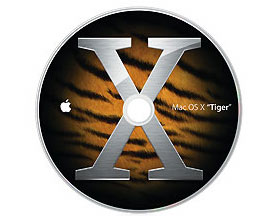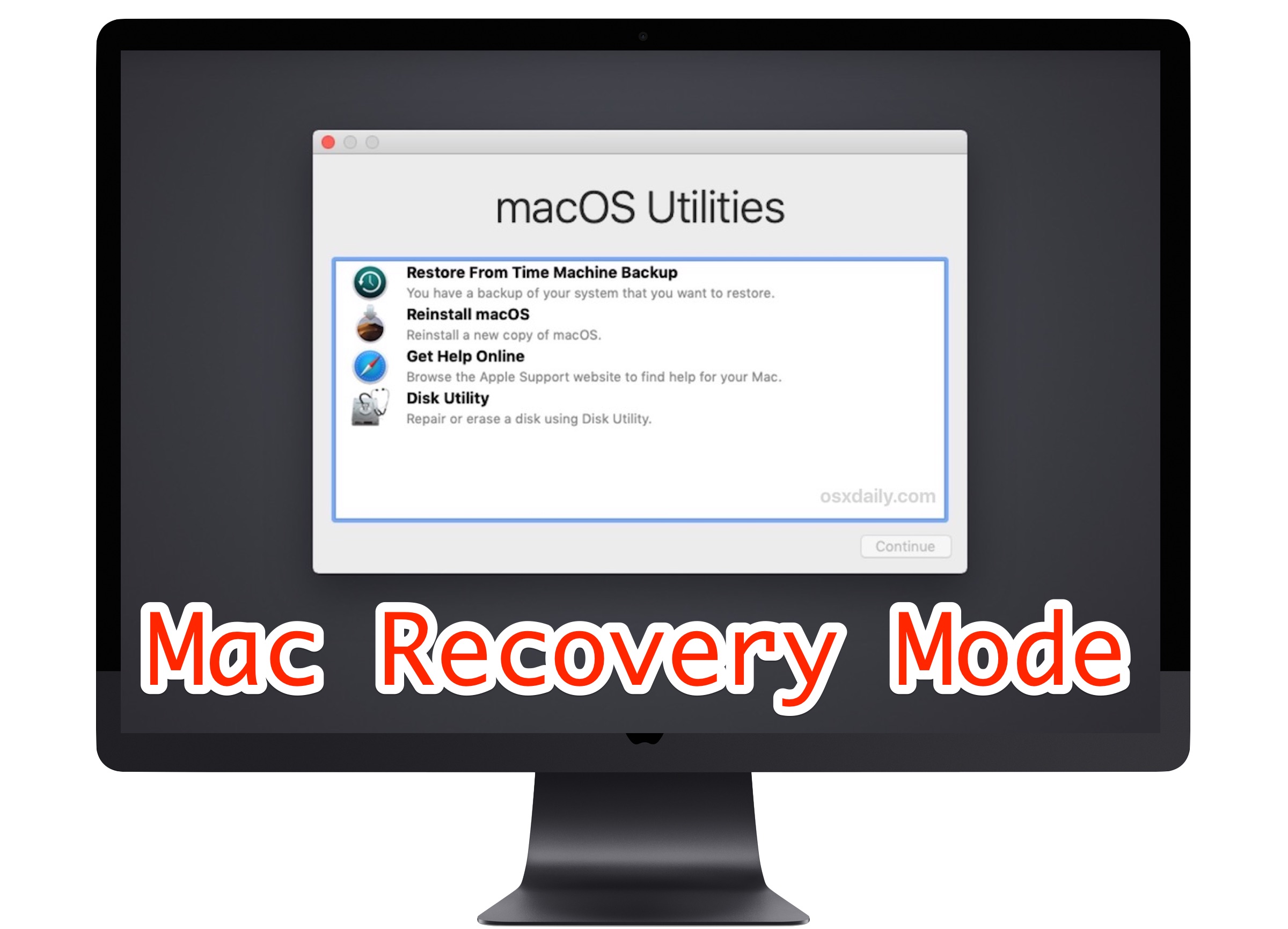

- #How to start in recovery mac os 10.4.11 for free
- #How to start in recovery mac os 10.4.11 for mac
- #How to start in recovery mac os 10.4.11 install
- #How to start in recovery mac os 10.4.11 software
#How to start in recovery mac os 10.4.11 software
There are 4 ways to restore deleted files on external hard drive on Mac: restore from recycle bin, Time machine backup, ask help from data recovery software and local recovery service.
#How to start in recovery mac os 10.4.11 for mac
iBeesoft Data Recovery for Mac is the best Disk Drill alternative for Mac you can try.

You can recover deleted or lost partition on Mac by recovering all the files from the partition with iBeesoft Data Recovery for Mac. How to Recover Deleted/Lost Partition on Mac.This article gives you the best 5 Recuva alternatives for Mac for your reference to recover data on Mac. Top 5 Recuva Alternative for Mac Free Download.How to recover files after emptying trash on Mac? All the files are gone permanently? No, you can try iBeesoft Data Recovery for Mac as well as Time Machine backup to retrieve them. How to Retrieve Files after Emptying Trash on Mac.How do I recover deleted files from CleanMyMac? You can try Mac Data Recovery Software to scan, preview, and get needed files back on Mac. How to Recover Files Deleted by CleanMyMac.How to Fix and Recover Data from Uninitialized Disk on Mac.Here are the useful ways to fix an Uninitialized hard drive on Mac as well as simple steps for how to recover data from uninitialized disk on Mac. Seagate File Recovery Software for Mac Download.
#How to start in recovery mac os 10.4.11 install
How to Recover Formatted Hard Drive on MacĤ simple steps to recover formatted hard drive on Mac: install iBeesoft Data Recovery for Mac > scan formatted disk on Mac > Preview and restore files.If you want to start up again from the disk you erased, select Reinstall macOS in the utilities window, then click Continue and follow the onscreen instructions to reinstall m acOS.Quit Disk Utility to return to the utilities window.After the erase is done, select any other internal volumes in the sidebar, then click the delete volume (–) button in the toolbar to delete that volume.ĭuring this step, disregard any internal volume named Macintosh HD or Macintosh HD - Data, as well as any volumes in the External and Disk Images sections of the sidebar.Click Erase. However, if you see an Erase Volume Group button, click that button instead.Format: APFS or Mac OS Extended (Journaled), as recommended by Disk Utility.Click the Erase button in the toolbar, then enter the requested details:.Select Macintosh HD in the sidebar of Disk Utility.From the utilities window, select Disk Utility and click Continue.If asked, select a user you know the password for, then enter their administrator password.Start up from macOS Recovery: Turn on your Mac, then immediately press and hold these two keys until you see an Apple logo or other image: Command (⌘) and R.


 0 kommentar(er)
0 kommentar(er)
